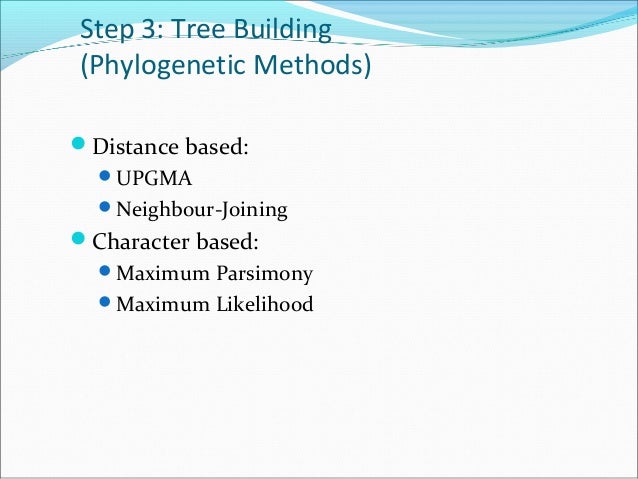
Yet it is an important question, as glacier area and length changes need to be precisely assessed to be valuable as an indicator of climate change. How accurately can glacier outlines be mapped? This question is difficult to answer. Based on these results, we conclude that automated mapping of clean ice is preferable to manual digitization and recommend using the latter method only for required corrections of incorrectly mapped glacier parts (e.g. The differences of the automatically derived outlines from a reference value are as small as the standard deviation of the manual digitizations from several analysts. Results show a high variability in the interpretation of debris-covered glacier parts, largely independent of the spatial resolution (area differences were up to 30%), and an overall good agreement for clean ice with sufficient contrast to the surrounding terrain (differences ∼5%). Here we compare outlines for clean and debris-covered glaciers, as derived from single and multiple digitizing by different or the same analysts on very high- (1 m) and medium-resolution (30 m) remote-sensing data, against each other and to glacier outlines derived from automated classification of Landsat Thematic Mapper data.

for debris cover), such a comparison would only reveal the accuracy of the analyst rather than of the algorithm applied. Moreover, after the required manual correction of the raw outlines (e.g. from higher-resolution sensors) are seldom available. Calculating the accuracy correctly is challenging, as appropriate reference data (e.g.

In particular when glacier outlines are used as a base for change assessment, it is important to know how accurate they are. Deriving glacier outlines from satellite data has become increasingly popular in the past decade.


 0 kommentar(er)
0 kommentar(er)
